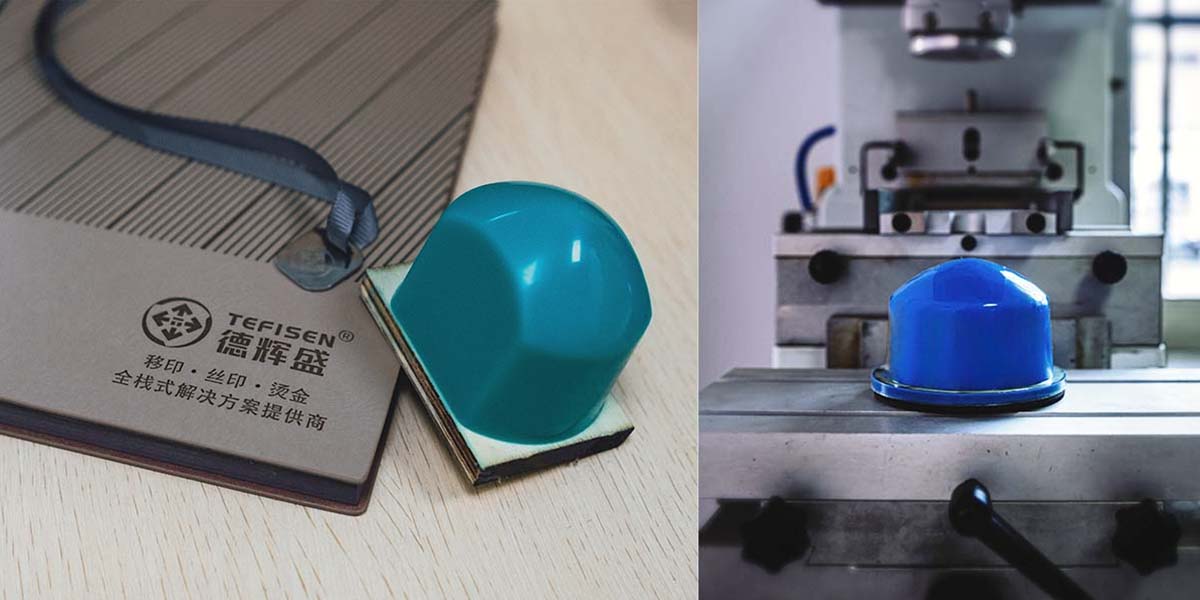How to Choose the Hardness of Pad Printing Pads
I. Origin and Development of Pad Printing Pads
Pad printing technology dates back to the late 18th century, initially developed for precision work in the watchmaking industry. With the advancement of the Industrial Revolution and growing manufacturing demands, pad printing technology quickly expanded into fields such as toys, electronics, and plastic products. As a critical component of the pad printing process, the development of pad printing pads has evolved from natural rubber to silicone materials, greatly enhancing the efficiency and precision of the process.
Early Pad Printing Pads: Initially made from natural rubber, these pads had certain elasticity but were less durable and stable, easily affected by environmental factors.
Modern Pad Printing Pads: With the introduction of silicone rubber, the performance of pad printing pads has significantly improved. Silicone rubber offers excellent ink resistance, abrasion resistance, and elasticity, and its hardness can be adjusted through different formulations to meet various printing needs.

II. How to Choose the Hardness of Pad Printing Pads
1. Measurement of Silicone Hardness
When selecting the hardness of pad printing pads, Shore hardness is the standard measure. Generally, the hardness of pad printing pads ranges from 20 to 60 Shore A. Lower hardness means the pad is softer, while higher hardness means the pad is harder. Typically, pads with hardness between 20-30 Shore A are suitable for complex surfaces or soft materials, while those with 40-60 Shore A are suitable for flat or hard materials.
Principles for Selecting Pad Hardness
The choice of pad hardness directly affects the quality of the printing results. Different printing conditions require different hardness levels, so several factors need to be considered:
Surface Shape of the Printed Object
Complex Curves: For objects with irregular surfaces or many protrusions (e.g., spherical or cylindrical), softer pads are more suitable. Softer pads better adapt to complex surfaces, ensuring uniform and complete pattern transfer.
Recommended Hardness: 20-30 Shore A
Flat or Simple Curves: For flat or regular curves, harder pads can better maintain pattern clarity and avoid deformation during printing.
Recommended Hardness: 40-60 Shore A
2. Material of the Printed Object
Soft or Deformable Materials: For materials like rubber or plastics, using hard pads may cause excessive pressure, leading to deformation and affecting print quality. Therefore, soft pads are more suitable for soft materials.
Recommended Hardness: 20-40 Shore A
Hard Materials: For materials such as metal or glass, hard pads help in accurately transferring patterns and ensuring print quality.
Recommended Hardness: 40-60 Shore A
Detail of the Printing Pattern
Large Patterns: For large patterns or those requiring filling, soft pads provide sufficient flexibility to ensure even ink coverage over the printing area.
Recommended Hardness: 20-30 Shore A
Complex Details: For fine patterns or lines, hard pads better maintain edge clarity.
Recommended Hardness: 50-60 Shore A
4. Ink Viscosity
High Viscosity Inks: For high viscosity inks, soft pads can better absorb and distribute the ink, ensuring uniform print results.
Recommended Hardness: 20-30 Shore A
Low Viscosity Inks: Low viscosity inks are suitable for hard pads, which can more precisely control the ink transfer amount, ensuring pattern consistency.
Recommended Hardness: 40-60 Shore A
5. Printing Speed and Pressure
Low Speed and Light Pressure: For slower printing speeds and lighter pressures, soft pads offer better contact and ensure good pattern transfer.
Recommended Hardness: 20-30 Shore A
High Speed and Heavy Pressure: In high-speed production environments, hard pads can withstand greater pressure and adapt to high-speed printing processes, ensuring stability and durability.
Recommended Hardness: 50-60 Shore A
6.Printing Environment Temperature and Humidity
Humid and Cold Environments: In conditions with high humidity or low temperatures, ink dries more slowly, and soft pads adapt better to ensure uniformity during printing.
Recommended Hardness: 20-30 Shore A
Dry and High Temperature Environments: In dry or high-temperature environments, hard pads offer greater stability, less affected by temperature and humidity changes, ensuring stable print quality.
Recommended Hardness: 40-60 Shore A
Pad Hardness Selection Table 1
| Condition | Suitable Pad Hardness (Shore A) |
| Complex Curves, Soft Materials | 20-30 |
| Flat, Hard Materials | 40-60 |
| Large Area Printing | 20-30 |
| Fine Pattern Printing | 50-60 |
| High Viscosity Ink | 20-30 |
| Low Viscosity Ink | 40-60 |
III. Trends in Pad Printing Pad Development
With ongoing advancements in pad printing technology and materials science, the selection of pad hardness has become more precise and flexible. New trends in pad printing pads include:
1. Material Innovation and Diversification
Silicone remains the mainstream material, but new materials significantly enhance pad performance. For instance, nano materials and composite materials have shown remarkable improvements in durability, flexibility, and hardness control, especially in demanding printing environments where composite silicones offer higher abrasion resistance and aging resistance while maintaining softness.
2. Precision in Hardness Control
With the rise of industrial automation, the demand for precision in pad printing has increased. Some manufacturers have already utilized Computer-Aided Design (CAD) and precision manufacturing techniques to produce pads with hardness accuracy up to 1-2 Shore A. This precision better meets the complex requirements of microelectronics and precision instruments.
3. Environmental Protection and Sustainability
With increased environmental awareness, the manufacturing of pad printing pads is moving towards sustainability. Some manufacturers are developing biodegradable silicones to reduce environmental impact. Additionally, reducing the use of harmful chemicals and lowering energy consumption are becoming key focuses in manufacturing processes.
Pad Hardness Selection Table 2
| Printing Condition | Recommended Hardness (Shore A) |
| Humid and Cold Environments | 20-30 |
| Dry and High Temperature Environments | 40-60 |
| Low Speed and Light Pressure | 20-30 |
| High Speed and Heavy Pressure | 50-60 |
IV.Conclusion
The selection of pad hardness is crucial for the effectiveness and efficiency of the pad printing process. When choosing pad hardness, factors such as the shape and material of the printed object, the complexity of the printing pattern, ink properties, printing speed and pressure, and environmental conditions should be comprehensively evaluated. As material technology advances, pad printing pads will achieve more breakthroughs in precision, environmental friendliness, and application diversity.

